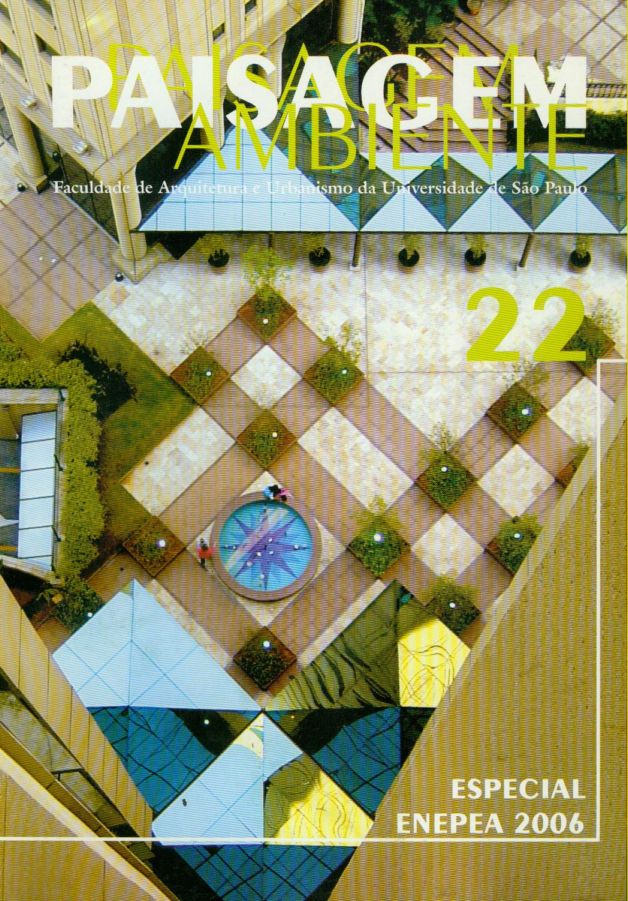Teresina's downtown: the meanings of the morfological patterns
DOI:
https://doi.org/10.11606/issn.2359-5361.v0i22p196-204Keywords:
Landscape. Significance. Morphology.Abstract
This article is about the landscape of a part of the city center of Teresina, capital of the Brazilian northeastern state of Piauí, and covers the period between the end of the 1980s and the beginning of the 21st century. In this part, the landscape is understood as a result of the action of different cultural groups and, following the principles of the new cultural geography, it has different meanings for those who “made it, changed it, maintained it, and visited it”. Therefore, an analysis of the landscape of the city center of Teresina was made on the basis of an interpretation, by the cultural groups who used to live there, of the significances contributed to the morphological elements that constitute the landscape. This article also considers the importance of including cultural dimensions in the state policy of urban interventions made in the center of Teresina, in order to maintain the morphologic elements that characterize the identity of the city.
Downloads
Downloads
Published
Issue
Section
License

A revista Paisagem e Ambiente: ensaios tem licença Creative Commons
Creative Commons - Atribuição-NãoComercial-CompartilhaIgual 4.0 Internacional
DIADORIM - Diretório de Políticas Editoriais
O detentor dos direitos autorais é o autor do artigo. A revista exige apenas o ineditismo na publicação do artigo. O autor tem do direito de divulgar seu artigo conforme sua conveniência.


